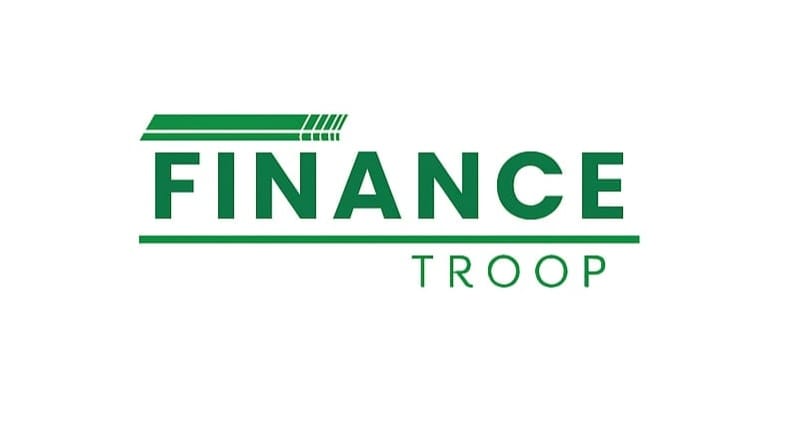Securing your child’s future is one of the most important responsibilities parents carry — especially in a country where education, healthcare, and cost of living are rising every year.
While child savings accounts and SIPs are useful, many parents are now opting for dedicated child insurance plans to combine two key benefits:
- Guaranteed or market-linked growth on savings
- Life protection in case the parent is no longer around
In 2025, India’s top insurers offer structured child insurance plans tailored for long-term educational needs and financial protection. This guide will help you understand:
- What child insurance is
- What features truly matter
- Top plans currently available in India
- How to choose the right one for your family
What Is a Child Insurance Plan?
A child insurance plan is a life insurance product designed to:
♦ Build wealth for your child’s milestones (education, marriage, etc.)
♦ Offer financial support even if the parent dies suddenly
These plans typically offer:
- A life cover on the parent (policyholder)
- Lump sum or staggered payouts at pre-set ages
- Waiver of premium (if something happens to the parent)
- Optional riders for disability or illness
Think of it as a mix of term insurance + disciplined investment for a child’s future.
Top 5 Best Child Insurance Plans in India (2025)
Below is a comparison of the top-performing, most searched, and best-reviewed policies in India for 2025 :-
Plan Name | Provider | Sum Assured | Maturity Benefit | Premium Payment Term | Claim Settlement Ratio (2023) |
LIC Jeevan Tarun | LIC of India | ₹75,000 – ₹100 lakh | Guaranteed survival and maturity benefit | 10 to 20 years | 98.35% |
HDFC SL YoungStar Super Premium | HDFC Life | ₹1 lakh+ | Market-linked maturity + rider options | 5 to 20 years | 99.38% |
ICICI Pru SmartKid Plan | ICICI Prudential | ₹50,000+ | Fund value on maturity | Minimum 5 years | 97.82% |
SBI Smart Champ Insurance | SBI Life | ₹1 lakh+ | Policy assures payout for education at 18, 19, 20 & 21 years | Limited pay | 97.76% |
Max Life Shiksha Plus Super | Max Life | ₹2 lakhs+ | Dual benefit: life cover + education savings | 10 to 25 years | 99.51% |
Ι Data Source: IRDAI Annual Report 2023, Company Product Brochures, RBI Financial Bulletins
Why Invest in a Child Insurance Plan?
Unlike other investments, a child plan keeps the child’s future protected — even if the parent passes away early.
Here’s how:
If the parent dies during the policy term:
- Payout is made to the family immediately (life cover)
- Future premiums are waived, but the plan continues
- Maturity benefits still get paid when the child reaches college age
This built-in auto-continuation feature makes child plans superior to just buying a SIP, PPF, or fixed deposit without insurance.
Key Features to Look for in a Child Plan (2025)
1. Waiver of Premium
If something happens to the parent, the insurer continues paying remaining premiums. The maturity corpus stays unaffected.
2. Life Cover + Investment
You should select the right balance — high enough life insurance cover + long-term growth for expenses like tuition, hostel, or coaching.
3. Milestone Payout Options
Some plans pay partial amounts at multiple stages (like 18, 20, 22) to help with entrance exams or college fees.
4. Premium Payment Flexibility
Choose whether to pay throughout the policy or for a fixed period (e.g., 5 or 10 years only).
5. Tax-free Maturity
Maturity and death benefits are tax-free under Section 10(10D). Premiums qualify for 80C deduction up to ₹1.5 lakh/year.
How Much to Invest?
Here’s an estimation tip:
Goal: ₹20–25 lakh fund for higher education in 15 years
To achieve this:
- With market-linked ULIP: invest ₹5,000–₹7,000/month
- With guaranteed traditional plan: ₹7,000–₹10,000/month
Start early (when child is under 5) to allow investments to compound longer.
ULIP vs. Traditional – What to Pick?
Choose ULIP (Unit Linked Plan) if:
- You’re open to moderate risk
- Looking for higher returns over 10–15 years
- Want switching control in equity/debt funds
Choose Traditional/Guaranteed Plans if:
- You prefer stable, low-risk growth
- You don’t want to monitor markets
- You value guaranteed payouts for fixed milestones
Both plan types can work — choose based on your return expectation and comfort with financial planning.
Documents Required for Buying a Child Plan
When purchasing a child insurance policy, you’ll usually need:
For Parent:
- PAN + Aadhaar
- Passport-size photograph
- KYC and address proof
- Income proof (salary slip, ITR)
- Bank details
For Child:
- Birth certificate
- Aadhaar / school ID
- Relationship proof (if applicable)
Mistakes to Avoid
- Buying a plan without the waiver of premium benefit
- Locking into a policy without comparing benefits
- Expecting high returns from guaranteed traditional policies (they’re stable, not aggressive)
- Not aligning tenure with your child’s age and goals
- Choosing plans just for tax benefits instead of overall long-term suitability
Final Thoughts
Child insurance plans go beyond just investing. They offer a protection-plus-investment strategy that ensures your child’s future is safe — no matter what life throws at you.
In 2025, Indian insurers have made child policies more transparent, customizable, and long-term focused. Choose wisely based on:
- Your child’s current age
- Goal age (18–22 typically for education)
- Your financial capacity & risk appetite
- Required insurance coverage
And remember — the earlier you start, the more affordable and powerful these plans become.
Frequently Asked Questions (FAQ)
1. What is the best child insurance plan in India for 2025?
The best child insurance plan for you depends on your financial goals. For guaranteed returns, LIC Jeevan Tarun is highly reliable. For higher returns with market exposure, HDFC SL YoungStar Super Premium and ICICI SmartKid ULIP are ideal. All plans listed in this article have high claim settlement ratios and strong 5-year performance.
2. Which is better – ULIP child plans or traditional endowment child plans?
If you are risk-averse and prefer guaranteed maturity benefits, go for traditional endowment plans like LIC Jeevan Tarun or SBI Smart Champ. If you’re comfortable with market risks and seeking higher long-term returns, choose ULIP child plans like HDFC YoungStar or ICICI Pru SmartKid.
3. Are child insurance policies eligible for tax benefits?
Yes, premiums paid towards child insurance policies qualify for a deduction under Section 80C of the Income Tax Act (up to ₹1.5 lakh per year). Maturity benefits are also tax-exempt under Section 10(10D), subject to conditions.
4. What is the right age to buy a child insurance policy?
The best time to buy a child insurance policy is when your child is below 5 years of age. This ensures longer investment duration, lower premium costs, and higher maturity benefits when your child needs funds for higher education or marriage.
5. What is a waiver of premium in child insurance?
The waiver of premium (WOP) is a crucial rider benefit included in many child insurance plans. If the parent (policyholder) passes away or becomes permanently disabled, all future premiums are waived off, but the child still continues to receive policy benefits as planned.
6. Which is the safest child insurance plan in India?
In terms of claim reliability and safety, LIC Jeevan Tarun and SBI Smart Champ are considered the most dependable. Both are backed by public sector entities and come with guaranteed returns, making them suitable for conservative investors.
click here to more information: ULIP vs Term Insurance: Which Is Better For You in 2025? [Complete Comparison]




